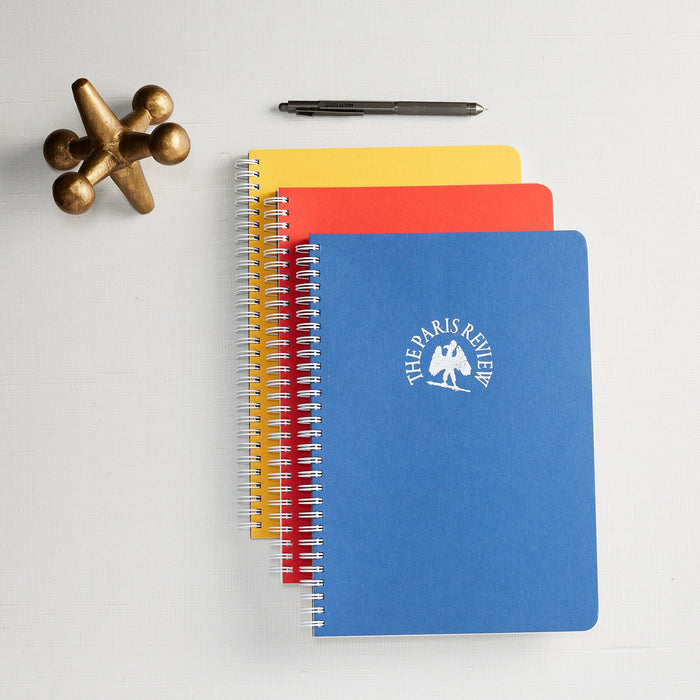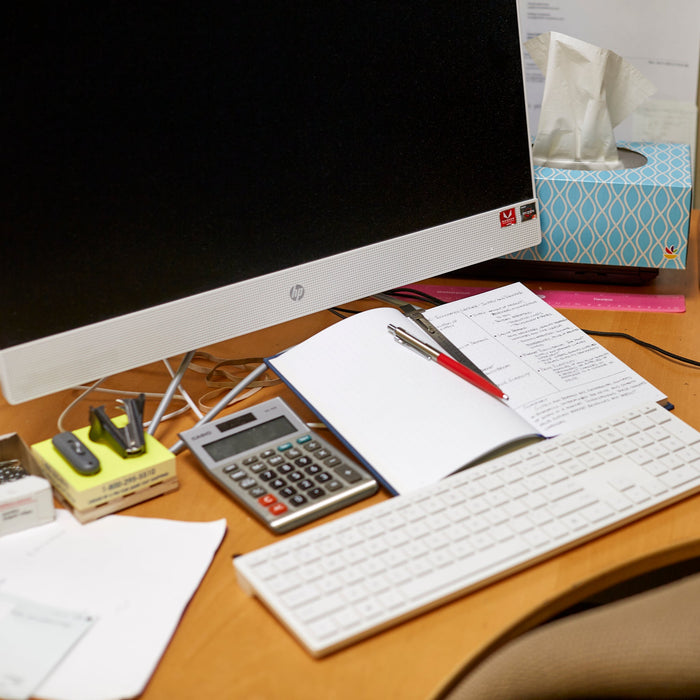By C.M. Adams
Mind mapping has been around for 40 years, but is often overlooked as a business tool. Although similar to flow charts and other systems of process mapping, mind mapping stimulates creative areas of the brain through use of image, colour and non-linear diagram construction. This creativity can enable a different perspective on business development.
The process is a simple one. Begin with a large sheet of blank paper and a set of brightly coloured pens. Draw or stick an image of your focal issue in the centre of the sheet. This might be a desire for new premises, new product lines or expansion into different markets, for example. Choose an image that best reflects how you think of this. Make it bright and colourful. This is the heart of your 'tree'.
From the central image, draw a curved line under a single word that comes to mind. For example, the word might be 'expensive'. This is your first branch. Avoid straight lines. The object is to think in non-linear terms. Other words associated with 'expensive' might occur to you at this point. Continue writing and underlining, adding smaller branches to the large one. When you think of other major ideas, for example 'location', start a new branch. Keep the ideas separate, but extend them as far as they will go. Some word branches may have several smaller branches growing from a single point. Your lines should be no longer than the words they underline.
The more you work into the process, the more words will come, and the more detailed your mind map will become. Make full use of the range of coloured pens, without giving too much conscious thought to your choices.
As you work, let your eyes wander across the emerging map and add words and branches as ideas and thoughts come to the surface. At this point, the connections don't need to make total sense. This is, in essence, a brainstorming exercise.
When you have filled the sheet, walk away for a while, have a cup of coffee, make a few phone calls. When you return to the mind map, you will see it with fresh eyes, and as you follow the branches and the connections you have made, you may see a few surprises, a few issues you hadn't given much thought to before, and even an idea or two about a way forward with your plans.




Leave a comment